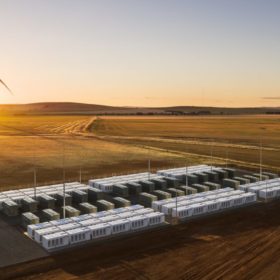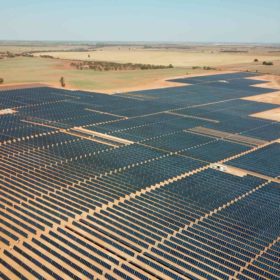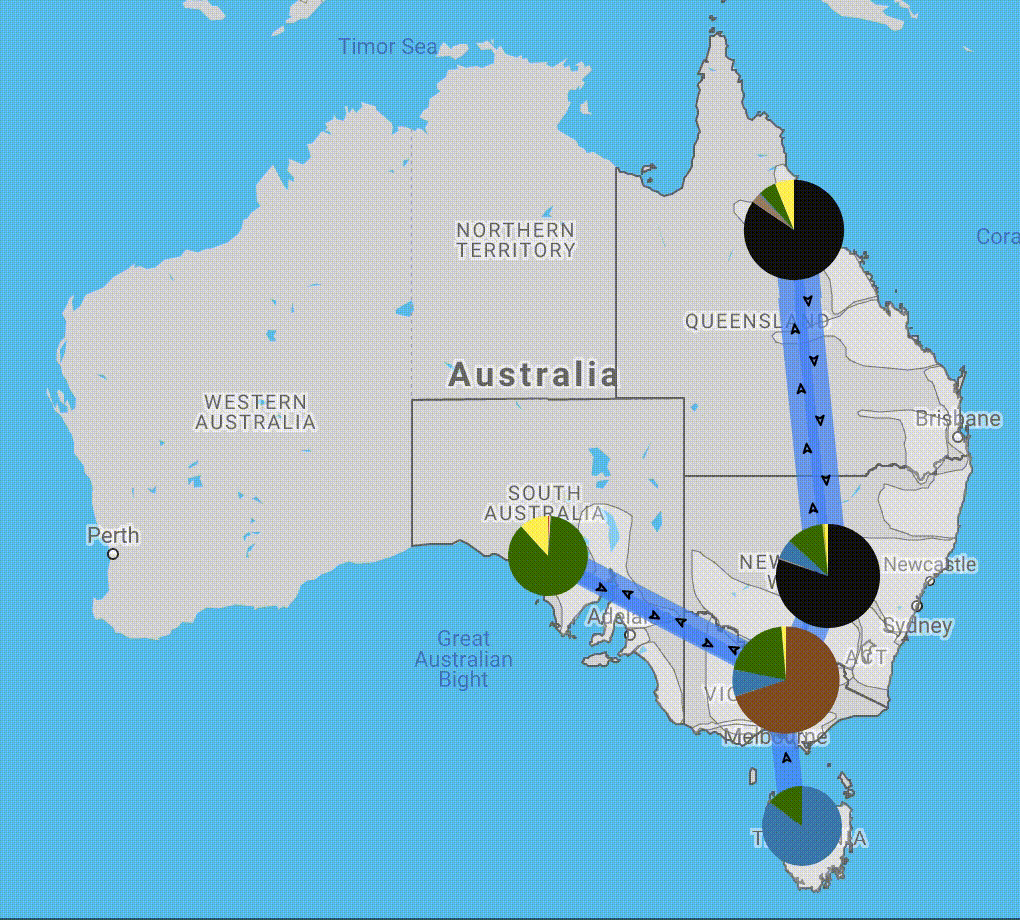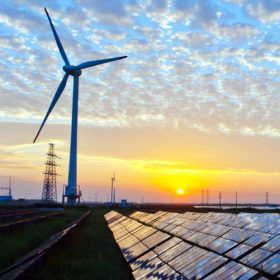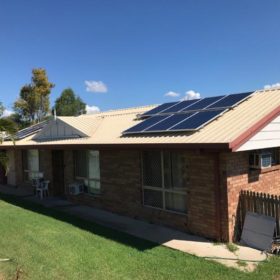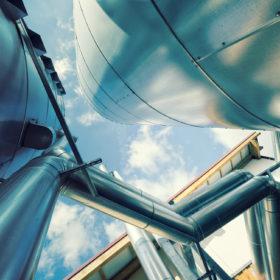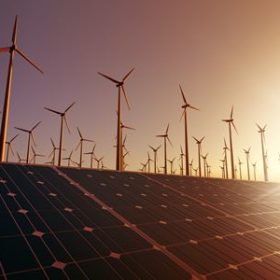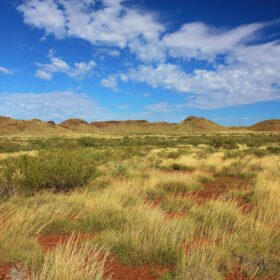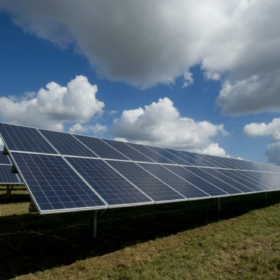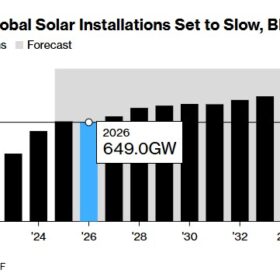Long read: Is Neoen’s massive SA hybrid renewables plant feasible?
French renewable developer Neoen’s proposed hybrid power plant in South Australia is a monster, but is it a monster we can believe in? Along with industry experts we investigate the feasibility of Neoen’s Goyder South project.
Victoria introduces new solar farm guidelines to all planning schemes
New planning guidelines for large scale solar development in Victoria are now part of all state planning schemes. The Victorian government hopes to deliver consistent guidance in terms of choosing the right locations for solar development and encourage investment as it moves towards its 50% renewables goal by 2030.
ITP Renewables releases free open-source modelling platform for the energy transition
ITP Renewables has released Version 1 of open-CEM, an open-source modelling platform that allows users play out tailored made energy-transition scenarios on the National Electricity Market (NEM) for years simulated up to 2050. The platform is an extraordinary tool for investors, policy makers, project developers and the public.
ACT to phase out natural gas, pursue electrification of transport
After it had contracted enough generation to future-proof its 100% renewables target, the Australian Capital Territory has unveiled the next phase of its strategy towards zero net emissions with several nation-first policies.
New research shows small-scale solar PV can alleviate energy poverty
A new industry research project by Swinburne University investigated the effectiveness of small-scale solar PV in alleviating energy poverty for cooperative housing tenants, finding key benefits brought about by solar PV integration.
ACT includes big battery in new wind, solar auction
The Australian Capital Territory Government has announced it will contract for the construction of up to 250 MW of new renewable energy generation and 20MW/40MWh of battery storage as it seeks to pave the way for the electrification of buildings and transport.
The energy transition is easily affordable but all hope of 1.5C warming will vanish in 2028
Technical consultancy DNV GL has published its Energy Transition Outlook 2019. While the electric vehicle, storage and renewable energy industries are likely to see significant rises in demand, the sobering conclusion is the world will miss carbon reduction targets by a long shot.
Massive hybrid renewable energy plant + storage set for South Australia
French renewable developer giant Neoen has announced plans for a massive hybrid power plant in South Australia featuring 1200 MW of wind, 600 MW of solar and 900 MW of battery storage. The project will depend heavily on the SA-NSW interconnector.
ARENA’s new renewable energy plan prioritises grid integration, hydrogen and reducing industrial emissions
The Australian Renewable Energy Agency (ARENA) today released its new Investment Plan, prioritising three key areas in an effort to increase the prevalence of renewable energies in Australia.
New investment fund to boost smaller-scale solar projects
Foresight Group, a UK-based global investment firm, and one of Australia’s leading solar investors, has today launched a new renewable energies investment fund specifically toward lending to renewable energy generation and associated infrastructure projects on a smaller-scale.
